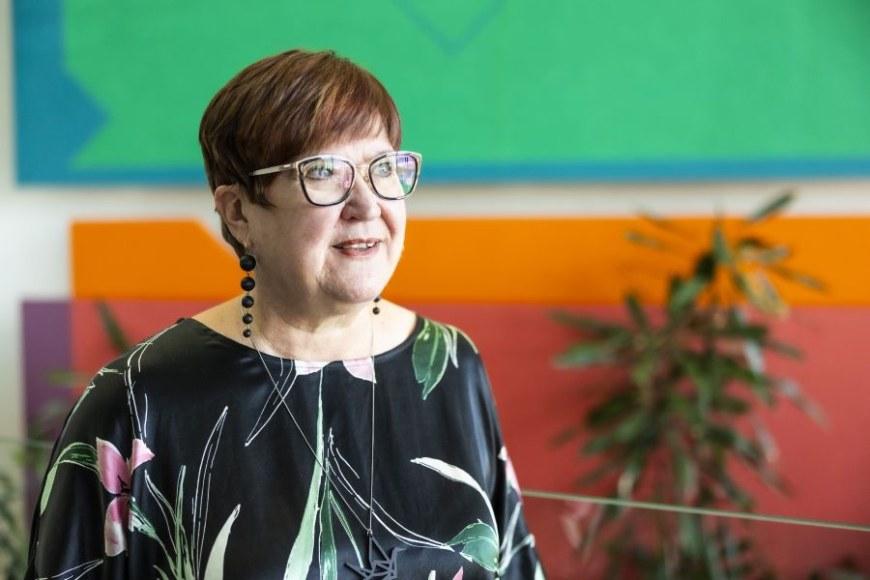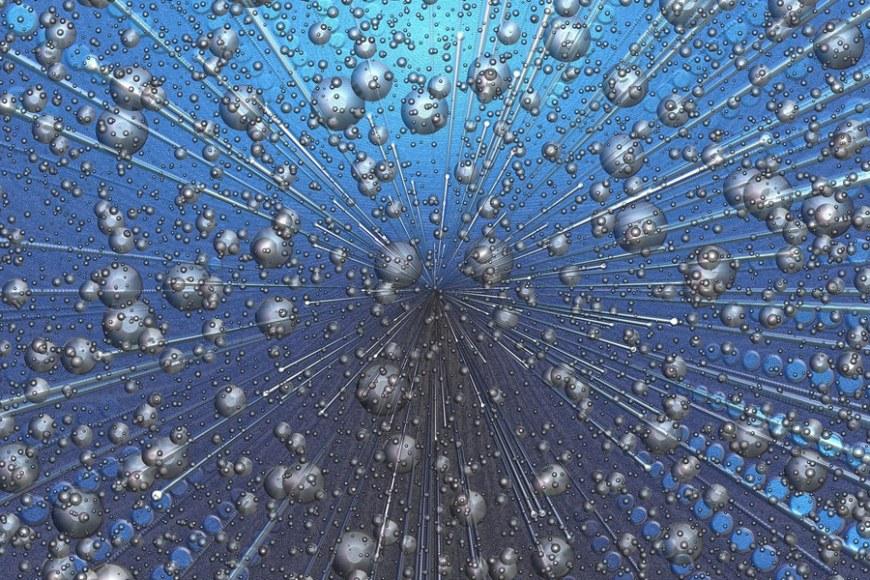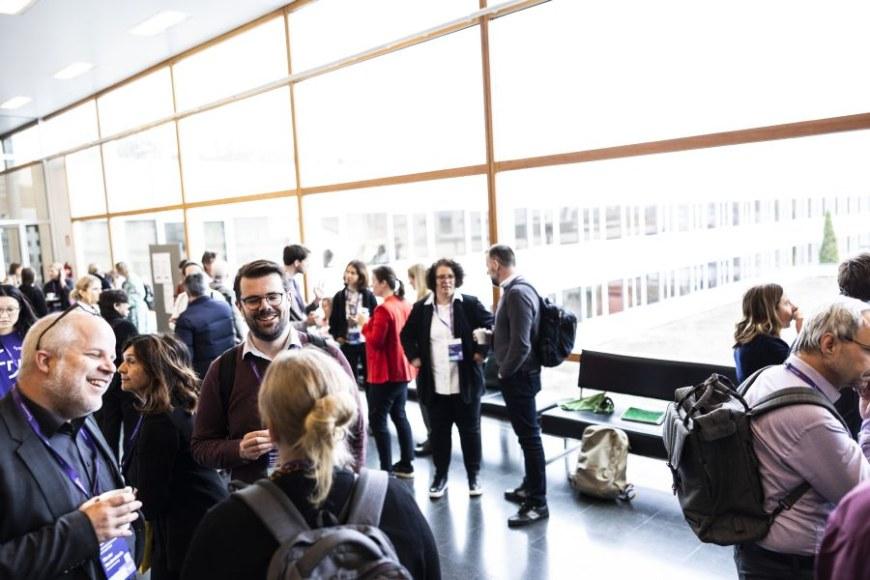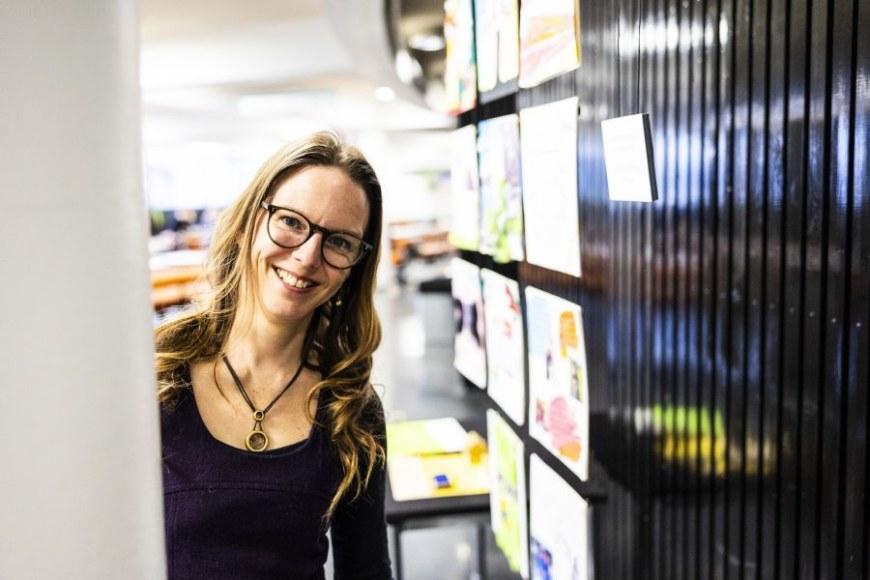New construction ecosystem aims at recycling concrete

Many alternative solutions are searched for. One of them is more effective recycling of concrete. As demand for concrete increases due to urbanisation, demolition of buildings creates plenty of concrete waste. If it was recycled, environmental emissions would be reduced and the growing demand would be satisfied. EU also encourages increase in recycling. The recycling rate of demolition materials should be 70% this year. Finland is still far from the target. It would be even more effective if concrete was reused at demolition site with the help of 3D printing. The founders of Trifami 3D invented this a couple of years ago.
“Plenty of concrete waste is produced, its disposal costs and production of new concrete is a large problem from the viewpoint of natural resources,” tells Managing Director and Founder Reetta-Maria Tolonen-Salo from Trifami 3D.
Recycled concrete also suits other purposes than landfill
The company started to research possibilities of reusing concrete with the Construction Laboratory of Tampere University of Applied Sciences. The preliminary results were promising and the cooperation was continued.
“Concrete is already recycled but mainly for landfill. It was important for us that concrete waste could be used in housing construction,” Tolonen-Salo explains the starting point for Trifami 3D.
The joint project of TAMK, Tampere University and Trifami 3D establishes the prerequisites for using recycled concrete in new building and develops a new ecosystem in cooperation with enterprises and research institutions. The partners have studied if 3D printing can be used in producing large pieces made of recycled concrete. The results are promising.
“The research shows that recycled concrete fulfils the strength conditions set for housing construction. In addition, it can be used as 3D printing material, which is another important criterion,” explains TAMK’s Senior Lecturer Anne Cumini, who coordinates the project.

Processing and 3D printing at demolition site
They want to process the waste material to recycled concrete and use it for new building at site without having to transport it long away.
“We want to consider the environment and emission reduction in every phase,” emphasises Cumini.
In addition to the environment, we pay attention to business potential. It is further increased by all units being easily movable. They can be used for rebuilding disaster areas as well as new building in dense urban environments.
“For example in densely built areas of Central and Eastern Europe it is a benefit that the entire process can be completed on site. There are also many buildings from the socialism era which need to be dismounted. There is thus material and demand,” says Tolonen-Salo.
Objective is to create a new ecosystem
As we want the service entity to cover the whole value chain from demolition to new building by 3D printing, we need partners. The aim is to create an ecosystem where our partner enterprises can implement the service entity together.
“We already have partners for almost all the process phases but there is still room for new ones,” Cumini encourages interested enterprises.
“Enterprises’ interest in the ecosystem and its development has been delightful. Even if we are a small company, it has been great to notice that large enterprises are also interested. It shows us that we are on the right track,” rejoices Tolonen-Salo.
Both Cumini and Tolonen-Salo praise the cooperation results and eager approach.
“The cooperation has been good and eager,” praises Tolonen-Salo.
The aim is to continue development with a wider group of enterprises in a new project which gathers research institutions’ research projects and enterprises’ development projects under the same umbrella. We have high expectations of the two-year project.
“We should then have a demo of a large 3D-printed piece made of recycled concrete,” believes Cumini.
“In two years we will have a ready service entity, minimum viable product and pilot in the way,” ensures Tolonen-Salo.
The DECON 3D project is a co-creation project funded by Business Finland. Its objective is to create an ecosystem for processing concrete waste to new 3D-printable building materials. The project will end in summer 2020 after which the aim is to start a two-year co-innovation project to develop new business.
Further information:
Anne Cumini, Senior Lecturer, School of Industrial Engineering, Tampere University of Applied Sciences, anne.cumini [at] tuni.fi (anne[dot]cumini[at]tuni[dot]fi)
Text: Helena Pekkarinen
Photos: In the upper photo Anne Cumini, photo from Anne Cumini’s archive, Bottom photo: Laura Hildén/Trifami 3D





